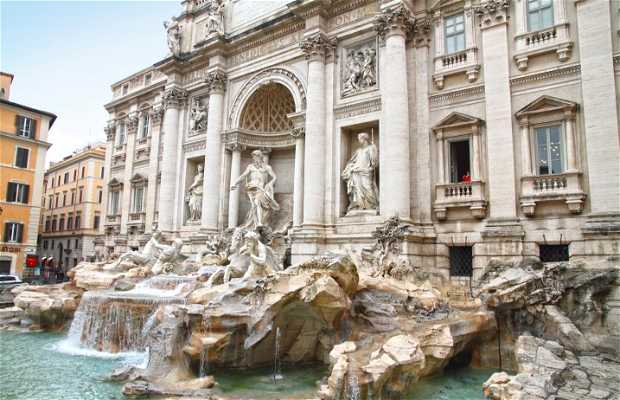The most famous fountain in the world
The Trevi Fountain has its origins in the year 19BC when a freshwater spring was discovered, supposedly with the help of a Virgin. The discovery of this spring led Romans to build an aqueduct which, as was the tradition of the time, ended with a fountain. And so the Trevi Fountain was built.
The monumental fountain we admire today was built in the 18th century by an obscure character named Nicola Salvi. It took 30 years to built and ended up ruining Salvi's health. He died unable to undertake other projects and without seeing his beautiful fountain completed (the work was finished by Pietro Bracci). One of the Trevi Fountain's most outstanding features is the contrast between the fountain's overwhelming grandeur and its location amid narrow alleyways and tiny squares. It was intentionally designed to elicit a surprise from tourists, most of whom are no doubt deeply impressed when they come face to face with it.

























